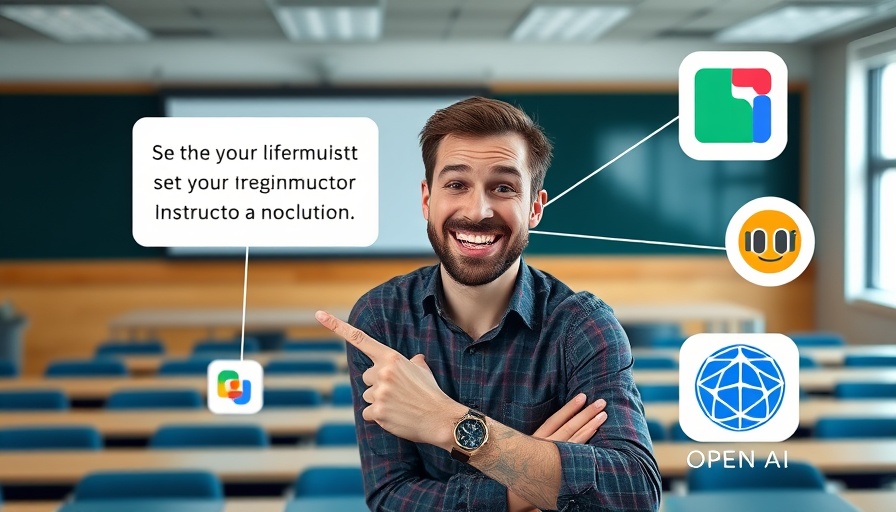
Unlocking the Potential of AI: Building Your First AI Agent
In today’s rapidly advancing technological landscape, the ability to not only use artificial intelligence but to build and customize AI agents is becoming increasingly valuable. If you've ever wished to harness the power of AI in ways that specifically suit your needs, there’s no better starting point than understanding how to create an AI agent from scratch using platforms like N8N.
In 'If you can use ChatGPT, you can build this AI Agent', the discussion dives into creating AI agents using N8N, exploring key insights that sparked deeper analysis on our end.
What is an AI Agent?
An AI agent, at its core, consists of three essential components: a brain, tools, and a system prompt serving as a bridge. The brain consists of a chat model along with memory capabilities, while tools like Slack and Google Sheets act as the functions it can perform. The system prompt guides how the AI agent interacts and processes commands, much like a human assistant interpreting instructions. This structure is foundational for developing an AI agent that can efficiently complete tasks.
Step-by-Step Guide to Building Your AI Agent
Building your AI agent might sound daunting, but it's simpler than one might think. Here’s a basic breakdown:
- Give your Agent a Brain: Utilize a chat model integrated with memory. This connection allows the agent to retain context and remember interactions.
- Equip it with Tools: Connect your agent to platforms like Google Sheets for functionality. This empowers the agent to execute tasks like recording data.
- Teach Your Agent with a System Prompt: This step involves writing prompts that direct the agent on how to interpret user commands and leverage its tools efficiently.
For instance, once your agent is set, entering a command like 'I just subscribed to a new service for $20 a month' prompts the agent to confirm the details and then log them accordingly. This feedback loop ensures user confirmation before actions are taken.
Simulating a Reliable Human Assistant
As technology evolves, the realism in which AI can simulate human-like interactions improves. AI agents can learn the context of interactions, thereby making them increasingly reliable. By setting a memory length of 14 for instance, your AI agent can manage regular tasks for you over a week, remembering specific entries, which adds an additional layer of intelligence akin to that of a human assistant.
Embracing the Journey of Creating AI Tools
Although it might be tempting to rely solely on pre-built AI tools, creating your agent lays a foundation for understanding AI’s workings. It allows for greater customization and control over important tasks in your personal or professional life. Learning the basics can open doors to more advanced implementations that may save time, and psyche, and protect privacy.
The journey to becoming proficient in building your AI agent is not just a means to an end; it is an engaging experience that fosters creativity and critical thinking. This hands-on approach allows you to make your own mistakes, iterate on them, and ultimately gain unparalleled insights into leveraging AI technology effectively.
Take Action and Start Building!
If you feel inclined to dive deeper, it’s time to stop hesitating. Explore N8N and create your first AI agent! The simplicity and customization options will empower you to streamline your daily tasks while making a lasting impact in your engagement with technology.
 Add Row
Add Row  Add
Add 




Write A Comment